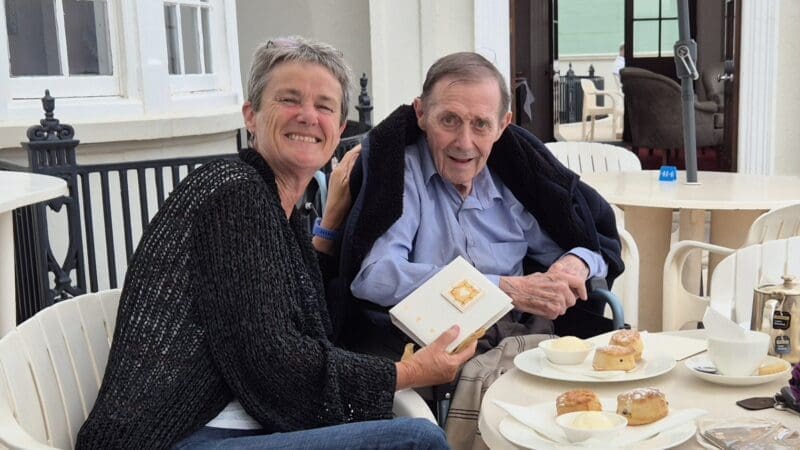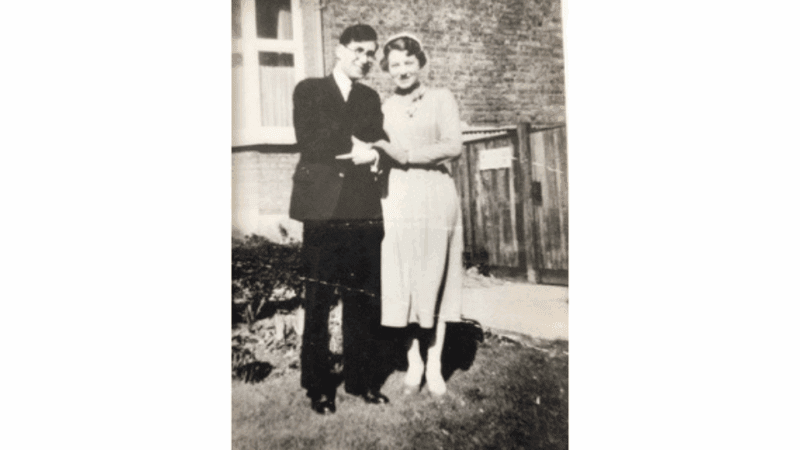
Sarah’s story – “Dementia UK was our saving grace”
Sarah reflects on reaching crisis point when her husband, David, was diagnosed with young onset dementia and the support her family have since received from Dementia UK.
We all have our own life experiences which shape us as individuals – but people with dementia often have problems with communication and memory that make it difficult to express who they are and what matters to them.
Creating a life story can be a useful way to record important information about the person and help others understand and relate to them better.
A life story acts as a ‘fact file’ about the person with dementia, such as their background, interests, and who and what is important to them. It can be shared with other people, including family and friends, carers and healthcare professionals.
A life story can:
When you’re developing a life story with a person with dementia, you can choose the format – or combination of formats – that works best for them. These include:
Many care settings have their own life story book templates so you may need to transfer some of the information into that so professionals can use it alongside your fuller record.
Everyone’s life story is individual, but you could include:
If the person has experienced sad or traumatic life events that would cause worry or upset, you may want to avoid revisiting these, but it may be helpful to explain these on a separate document that can be given to family, friends and carers so they can identify if changes in behaviour are linked to a specific event.
When the life story is completed, share it with family, friends and health and care professionals, so they too can get to know the person better and learn more about how to meet their needs.
This template can help you get started with creating a life story. It is designed to be flexible, so you can make it shorter or longer, and add information, photos and pictures that are relevant to the person with dementia.
To speak to a dementia specialist Admiral Nurse about compiling a life story or any other aspect of dementia, please call our free Dementia Helpline on 0800 888 6678 (Monday-Friday 9am-9pm, Saturday and Sunday 9am-5pm, every day except 25th December), email helpline@dementiauk.org or you can pre-book a phone or video call with an Admiral Nurse.
Our virtual clinics give you the chance to discuss any questions or concerns with a dementia specialist Admiral Nurse by phone or video call, at a time that suits you.

Sarah reflects on reaching crisis point when her husband, David, was diagnosed with young onset dementia and the support her family have since received from Dementia UK.

Jo reflects on the support she has received from her Admiral Nurse, Liz, since her husband was diagnosed with dementia.

Kerry reflects on her mum's dementia journey and her experience doing two of Dementia UK’s virtual event challenges.